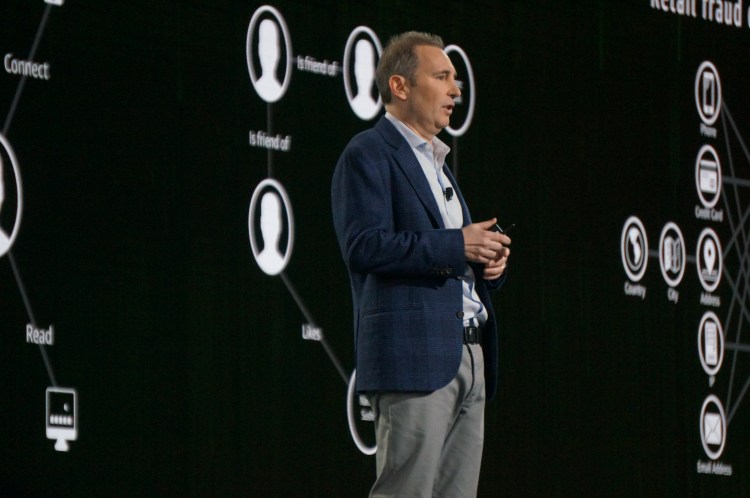Amazon Web Services updated its portfolio of database services today to provide customers with increased reliability, scale, and ease of use. The company’s Aurora database went serverless, while a new Neptune service arrived to help customers run graph databases. Its longstanding DynamoDB NoSQL service also received additional tools for backup and scaling.
This news is the latest salvo from AWS as it works to compete with other cloud providers in the crowded and competitive cloud database market. Other companies like Microsoft, Google, and Oracle are all pushing their own database offerings to try to provide customers with the same promises of high reliability and global scale.
AWS struck back with a wide variety of capabilities that address multiple different use cases. Here’s the rundown.
Amazon Aurora
Aurora Serverless will let customers create database instances that only run when needed and automatically scale up or down based on demand. If a database isn’t needed at all, it will shut down until it is needed. This is designed to give customers the performance that they need, without requiring them to provision infrastructure ahead of time.
June 5th: The AI Audit in NYC
Join us next week in NYC to engage with top executive leaders, delving into strategies for auditing AI models to ensure fairness, optimal performance, and ethical compliance across diverse organizations. Secure your attendance for this exclusive invite-only event.
Users will be able to pay by the second for the Aurora Serverless computation that they use, meaning that they won’t end up footing the bill for a database sitting idle overnight.
The AWS Aurora Multi-Master feature will let customers distribute writes for their databases across multiple different datacenters. AWS CEO Andy Jassy said that use of Aurora Multi-Master would guarantee customers zero application downtime from failure of database nodes or availability zones. On top of that, customers are supposed to get faster write performance from the software.
Right now, Aurora Multi-Master is in preview for single region distribution. Next year, Amazon expects it to work between regions across AWS’s global physical infrastructure.
Amazon Neptune
Neptune is a new service from AWS that’s designed to provide customers with a fully managed graph database service. Graph databases provide developers with capabilities that are useful for building applications like social networks. They’re useful for mapping relationships between a variety of different entities, but can be difficult to set up.
Neptune is supposed to help with that. It supports both Apache TinkerPop and W3C RDF graph models. Customers will get six replicas of their data spread across three availability zones, with automatic backups to AWS’ Simple Storage Service. Users will be able to query the database using either Gremlin and SPARQL.
Amazon DynamoDB
DynamoDB, AWS’ managed NoSQL key-value store service, picked up a new Backup and Restore feature that will let customers set up either on-demand or continuous backups for all of the data that they have stored with the service globally. In the future, it’s supposed to provide customers with millisecond-level restore capabilities so they can get back the data that they need.
A Global Tables feature will let customers distribute their data across multiple masters that are globally available.
All of this news is part of the company’s re:Invent customer conference, held this week in Las Vegas.

